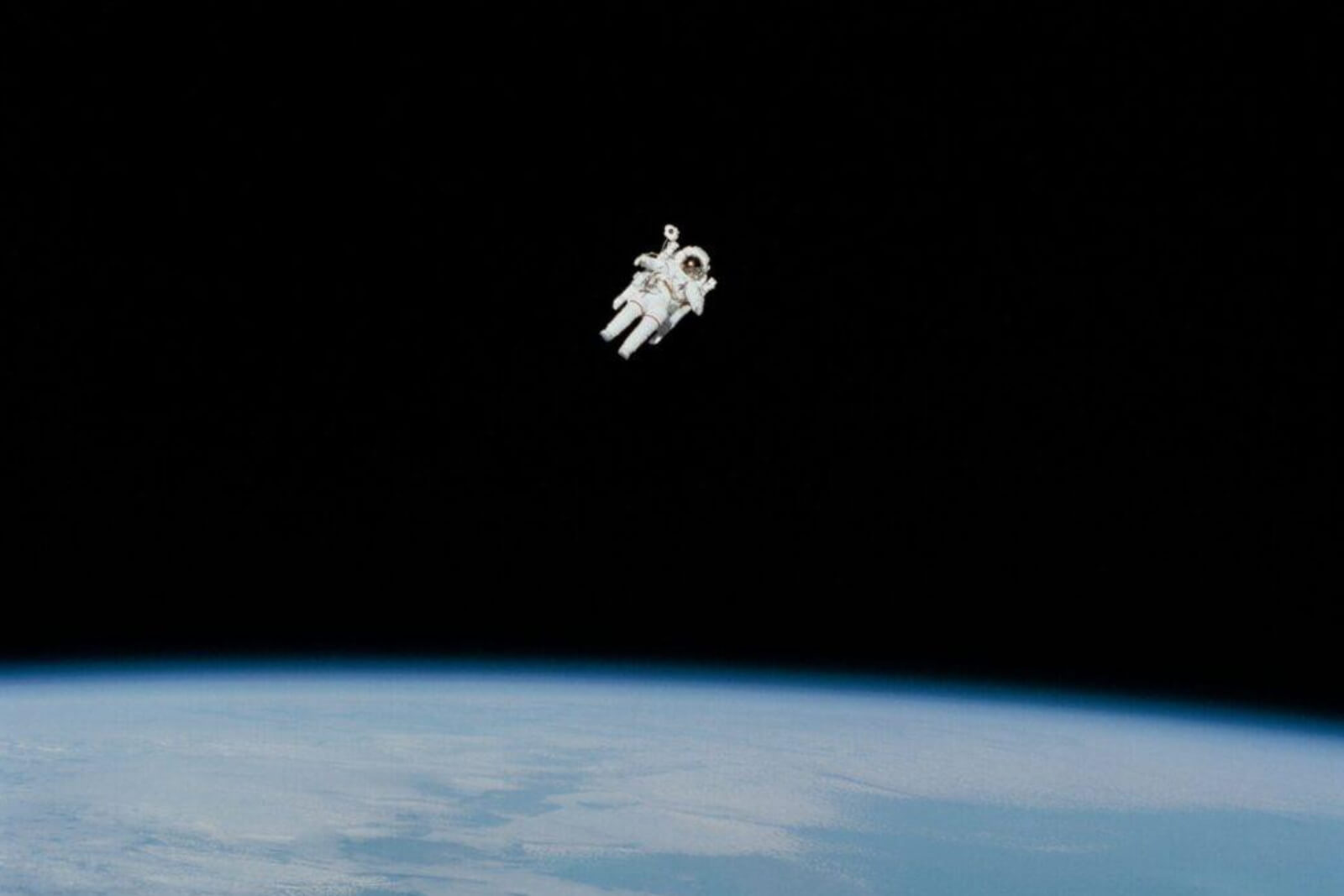A newfound risk: extreme space weather?

By Imogen Morrison, Senior Account Executive
Why we need to worry about the weather in space
It’s May 2025, and I’m sure I am not alone in feeling a slight sense of impending doom. It’s fair to say that the past year has seen a significant amount of geo-political change, natural disasters, aviation losses and a real sense that planet earth is not as safe as it once was.
And in the midst of all the chaos, a new threat has been recognized by the UK National Risk Assessment; extreme space weather.
What is extreme space weather?
According to Lloyd’s of London, a solar storm is a sudden and intense burst of radiation and energetic particles blasted from the sun. If these are large enough and directed to the earth, the resulting “extreme space weather” has the potential to damage infrastructure and create significant disruption across multiple industries and everyday activities.
The Royal Academy of Engineering assesses that a rare, violent solar storm could knock out vulnerable satellite systems, leaving ships stranded without navigation and bring the shipping industry alone to a complete standstill.
Although this is a newly officially recognized risk, the phenomena of space weather were first recorded many years ago.
In 1859, an Astronomer named Richard Carrington saw a large solar flare through his telescope. Seventeen hours later, disaster struck. A huge geomagnetic storm landed on earth and caused mass disruption, damaging telegraph wires and igniting fires all over North America and Europe. This is now known as the Carrington Event.
Since then, our critical infrastructure has grown in importance around the world. As a planet we rely heavily on energy grids, satellites, and systems. In fact, without them, the earth would feel like it had stopped turning.
What happens next?
Earlier in March, Lloyd’s highlighted the risk of extreme space weather and estimated that potential losses could total $2.4 trillion.
As you are reading this, the sun is at its most active, and the threat of damage from extreme space weather is higher than ever. In February 2025, Nasa recorded that the sun had emitted an incredibly strong solar flare, labelled as an X2 class flare.
It is clear that we need to take the risk of extreme space weather seriously, and we could see a whole new class of insurers and reinsurers setting up shop to take on the job of re/insuring such a risk.
Communicating the risk
In a world full of threat, and the possibility of extreme natural disasters occurring at any moment, it’s time to be wary of extreme space weather and its consequences – and time to start writing new lines of insurance to accommodate for the risks!
Whether you’re an existing insurer wanting to educate your audiences or a new insurer looking to kickstart your communications in light of recent risks, get in touch with our FS team.
Key takeaways
Q1: What is extreme space weather and why is it a growing concern?
A: Extreme space weather refers to intense solar activity, such as solar flares and geomagnetic storms, which can damage or interrupt critical infrastructure like satellites, energy grids, and navigation systems. As the sun enters a period of heightened activity, the risk of widespread disruption is rising, making it a growing threat recognized by the UK National Risk Assessment.

Q2: Has extreme space weather caused major disruption in the past?
A: Yes. The most notable historical example is the Carrington Event of 1859, when a solar flare caused widespread damage to telegraph systems across North America and Europe. This incident highlights how solar activity can severely impact earth-based technologies—even in a pre-digital era.

Q3: What could be the economic impact of a major space weather event today?
A: Lloyd’s of London has estimated that extreme space weather could cause up to $2.4 trillion in damages, particularly affecting industries reliant on satellites and digital infrastructure such as shipping, aviation, and communications.

Q4: What role could the insurance industry play in mitigating this risk?
A: Given the increasing recognition of space weather as a serious threat, there is potential for a new class of insurers and reinsurers to emerge. These entities could offer tailored coverage for space weather risks, helping businesses and governments build resilience against an otherwise unpredictable natural hazard.

